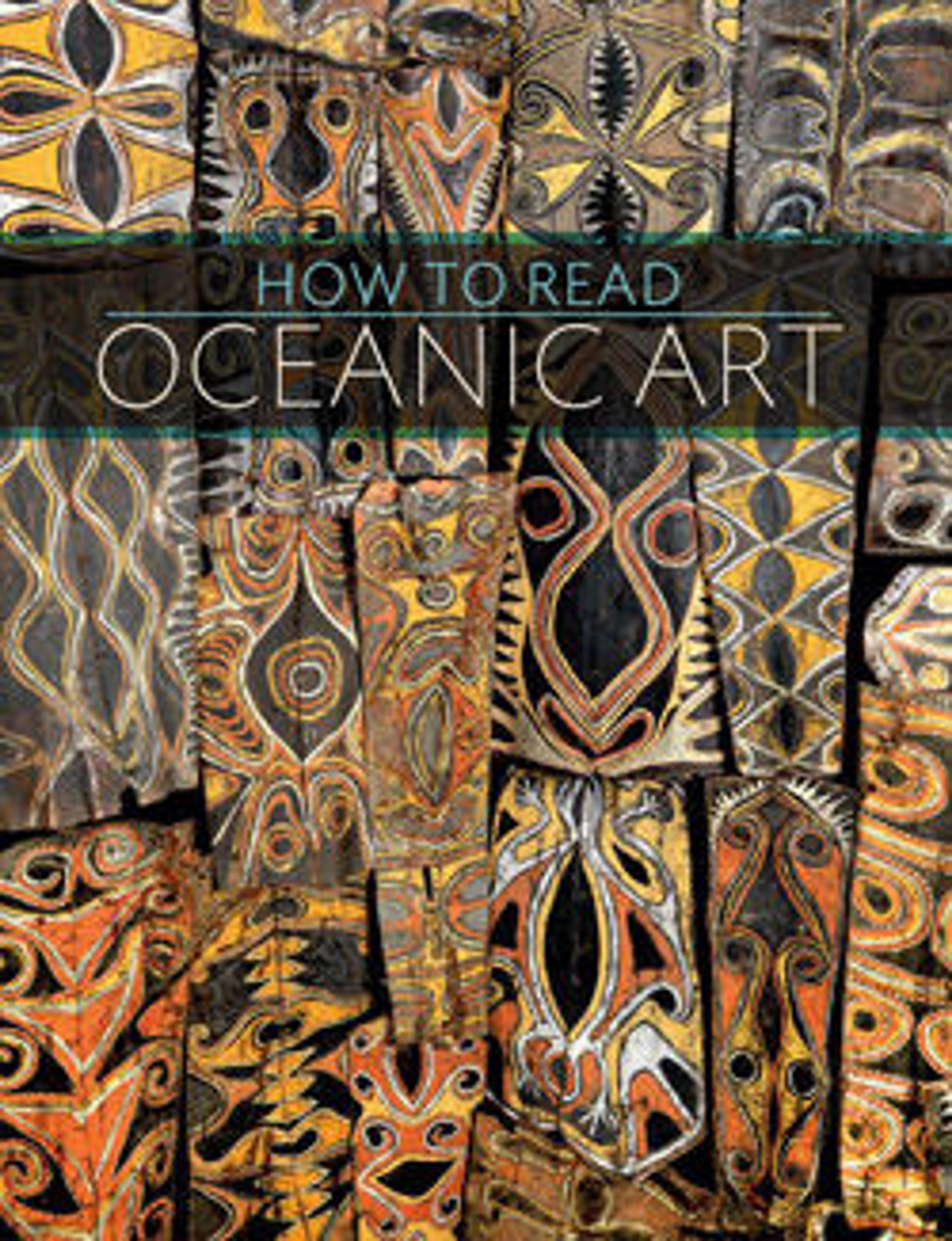Boomerang
An iconic symbol of Aboriginal culture, the boomerang is the most familiar of all Aboriginal art forms. Created by many, but not all, Aboriginal peoples, boomerangs served a variety of purposes. The best-known type was the returning boomerang, which was made in parts of southeastern and western Australia. Most, however, were non-returning. Employed primarily in hunting and warfare, boomerangs were specialized throwing sticks, designed to strike the target and fall to the ground. In hunting, they usually served to incapacitate the prey, allowing the hunter to catch the animal, which was killed with spears or other weapons. Primarily projectiles, in some areas, boomerangs were also general purpose tools, serving, as needed, as knives, digging sticks, or fire-making implements. Some types were, and continue to be, used as musical instruments, clapped together to provide a rhythmic accompaniment for song and dance performances.
Artwork Details
- Title:Boomerang
- Date:mid to late 19th century
- Geography:Australia, Western Kimberley region, Western Australia
- Culture:Western Kimberley
- Medium:Wood, ocher
- Dimensions:H. 21 3/4 × W. 4 1/2 × D. 3/8 in. (55.2 × 11.4 × 1 cm)
- Classification:Wood-Implements
- Credit Line:The Michael C. Rockefeller Memorial Collection, Bequest of Nelson A. Rockefeller, 1979
- Object Number:1979.206.1608
- Curatorial Department: The Michael C. Rockefeller Wing
More Artwork
Research Resources
The Met provides unparalleled resources for research and welcomes an international community of students and scholars. The Met's Open Access API is where creators and researchers can connect to the The Met collection. Open Access data and public domain images are available for unrestricted commercial and noncommercial use without permission or fee.
To request images under copyright and other restrictions, please use this Image Request form.
Feedback
We continue to research and examine historical and cultural context for objects in The Met collection. If you have comments or questions about this object record, please contact us using the form below. The Museum looks forward to receiving your comments.
